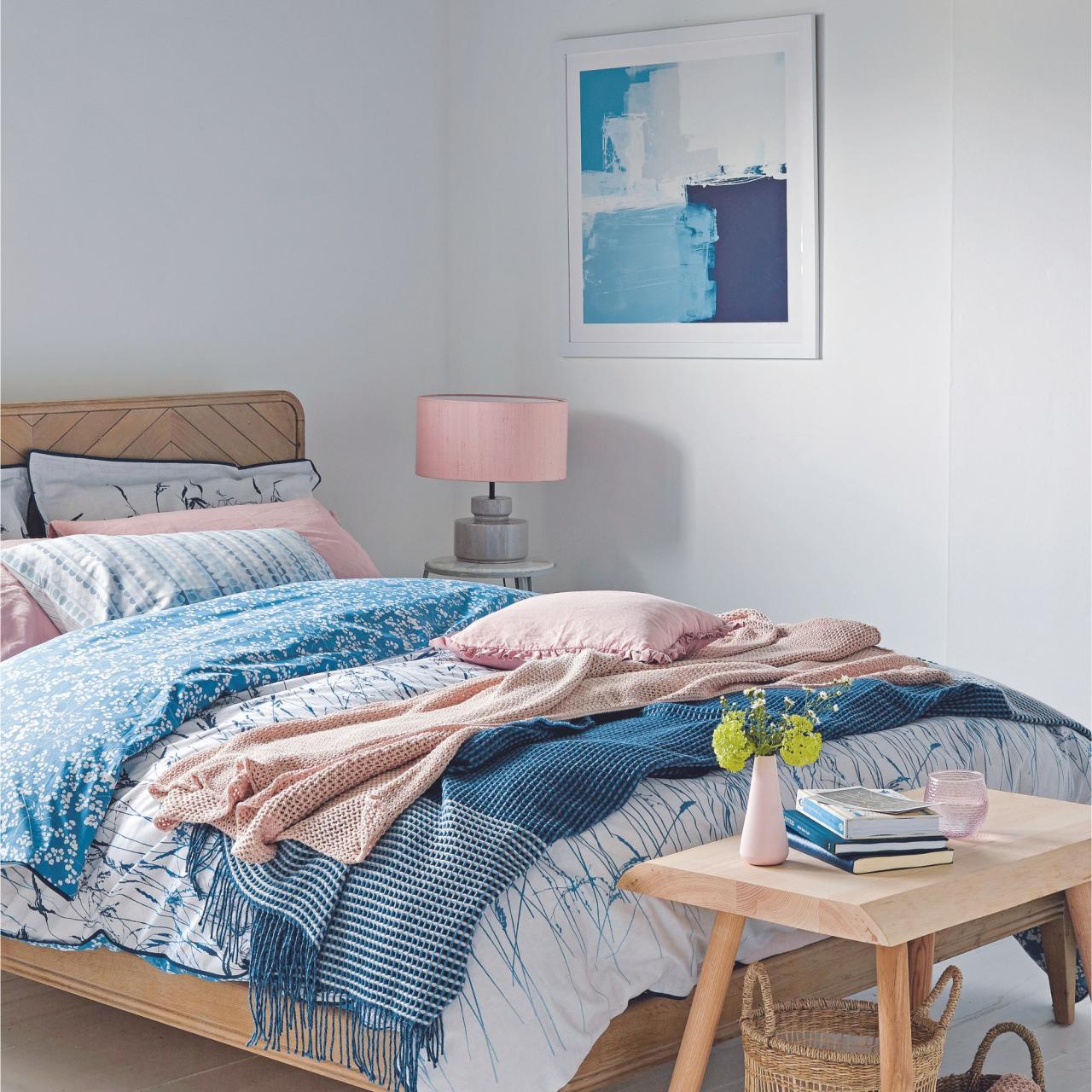Your bedroom is a space where you seek comfort, relaxation, and rejuvenation. The colors you choose for your bedding play a significant role in setting the mood and atmosphere in your sleeping sanctuary. The psychology of color has a profound impact on our emotions, feelings, and even our quality of sleep. In this article, we’ll delve into the psychology of bedding colors and how to select the perfect color scheme for your bedroom.
The Power of Color
Color is a fundamental element of design that can evoke emotions and affect our state of mind. Different colors have unique psychological effects, and understanding these effects is crucial when selecting your bedding colors.
Warm Colors
Warm colors include shades like red, orange, and yellow. These colors are associated with energy, passion, and warmth. They can create a cozy and inviting atmosphere in your bedroom. However, it’s essential to use warm colors sparingly in bedding, as they can be too stimulating for a restful sleep. Accents or small touches of warm colors can add vibrancy without overwhelming the space.
Cool Colors
Cool colors encompass hues such as blue, green, and violet. These colors are known for their calming and soothing effects. Cool colors are ideal for bedding, as they create a serene and relaxing environment. Blue, in particular, is often cited as one of the best colors for promoting sleep due to its ability to lower heart rate and blood pressure.
Neutral Colors
Neutral colors, such as white, gray, and beige, are timeless choices for bedding. They create a sense of simplicity, cleanliness, and minimalism. Neutrals are versatile and can be paired with various accent colors to suit your preferences. They provide a tranquil backdrop that allows you to add personality through decor and accessories.
Pattern and Texture
The psychology of color is not limited to solid hues. The patterns and textures in your bedding also play a role in influencing mood. Floral patterns can evoke feelings of vitality and freshness, while geometric designs offer a sense of order and balance. Texture, like a soft, knitted blanket or a smooth silk duvet, can add depth and tactile comfort to your bedding.
Personal Preferences
Ultimately, the choice of bedding colors should align with your personal preferences. Your bedroom is your intimate space, and it should reflect your personality and taste. If a particular color makes you feel happy and comfortable, it’s the right choice for your bedding.
Balancing Colors
Finding the perfect color scheme for your bedding may involve balancing different colors to create a harmonious and visually appealing space. You can experiment with complementary or analogous color schemes to achieve the desired effect. Complementary colors (e.g., blue and orange) create contrast and vibrancy, while analogous colors (e.g., various shades of blue) provide a harmonious and calming feel.
Conclusion
In conclusion, the psychology of bedding colors is a fascinating and essential aspect of creating the ideal sleep environment. The colors you choose can influence your mood, emotions, and quality of sleep. Whether you prefer warm, cool, or neutral colors, understanding the psychology of each hue can help you make informed decisions when selecting your bedding. Your bedroom should be a haven for relaxation, and choosing the perfect color scheme can contribute to creating the serene and restful atmosphere you desire. Sweet dreams await in your carefully chosen bedding oasis.
